What happens when tin mines get canned? Cornwall’s ancient mines are back with a bang
Twenty years ago today, the last Cornish tin mine closed down. But the industry could be about to undergo a renaissance, finds David Barnett
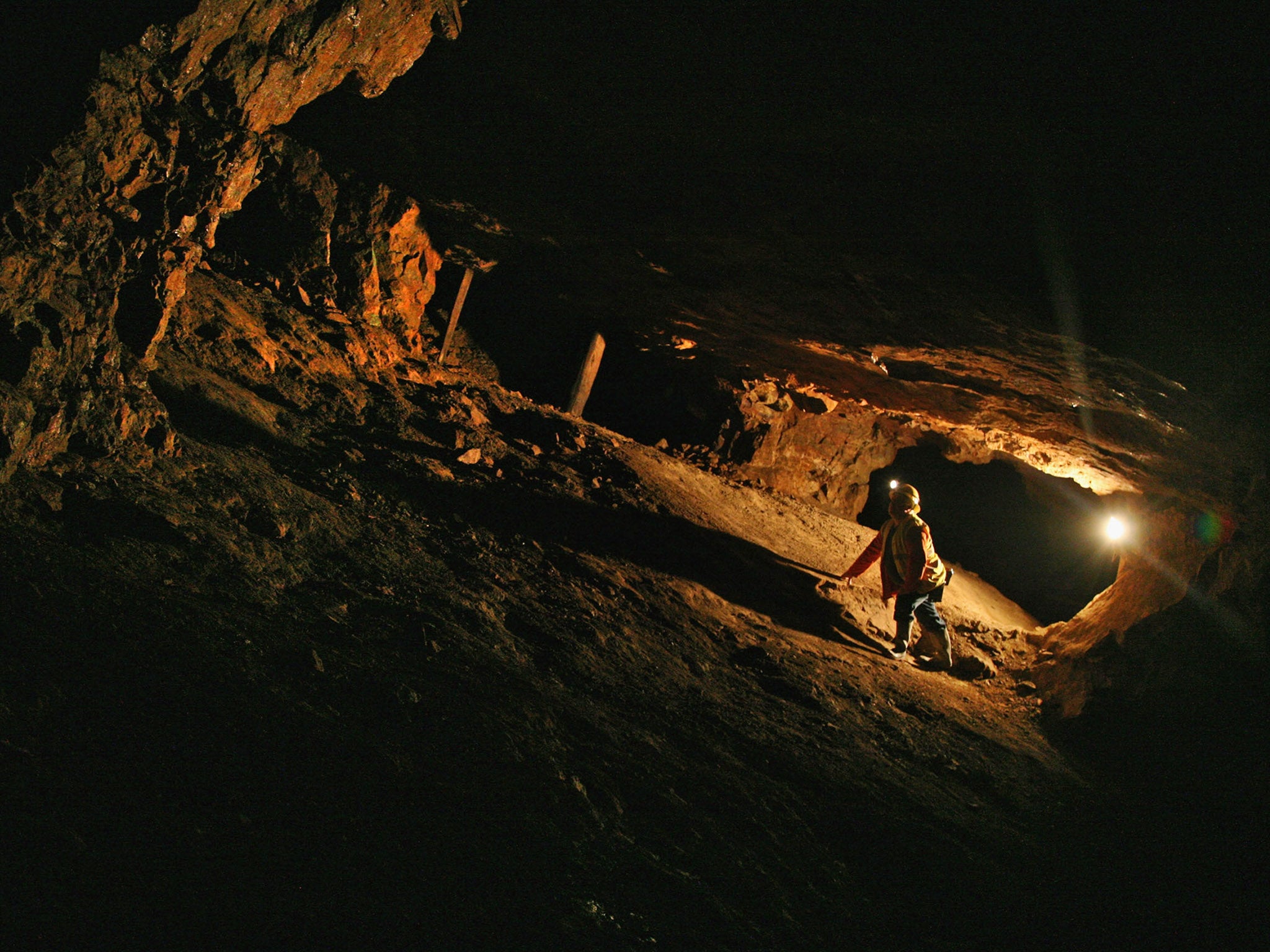
Your support helps us to tell the story
From reproductive rights to climate change to Big Tech, The Independent is on the ground when the story is developing. Whether it's investigating the financials of Elon Musk's pro-Trump PAC or producing our latest documentary, 'The A Word', which shines a light on the American women fighting for reproductive rights, we know how important it is to parse out the facts from the messaging.
At such a critical moment in US history, we need reporters on the ground. Your donation allows us to keep sending journalists to speak to both sides of the story.
The Independent is trusted by Americans across the entire political spectrum. And unlike many other quality news outlets, we choose not to lock Americans out of our reporting and analysis with paywalls. We believe quality journalism should be available to everyone, paid for by those who can afford it.
Your support makes all the difference.On 6 March 1998, the South Crofty tin mine near Redruth closed its gates for the final time, bringing to an end an industry that had been a major force since the early 19th Century – and dated back some 4,000 years.
Cornwall was the world leader in tin mining in the 1870s, with around 2,000 mines dotting the county. But its place leading the globe in extraction and production was already under threat, as tin lodes were discovered in Australia, the Far East and South America, creating huge competition that began to dislodge Cornwall from its lofty position.
By the time South Crofty closed 20 years ago, tin mining in the UK was a dead trade, killed by foreign competition and no longer viable. With the price of tin plummeting, it cost more to get it out than it was worth.
Peter Williams worked at South Crofty in the late 1960s, as an underground miner who regularly toiled more than 300 fathoms (the measurement of depth in tin mining; he worked up to 340 fathoms, which is more than 2,000 feet deep) down in the hot, dark granite of England’s most south-westerly county.
It was dirty, dangerous work, but had its many rewards, and Peter – now a Conservative councillor representing the Mabe, Perranaworthal & St Gluvias ward – has nothing but good memories of the job.
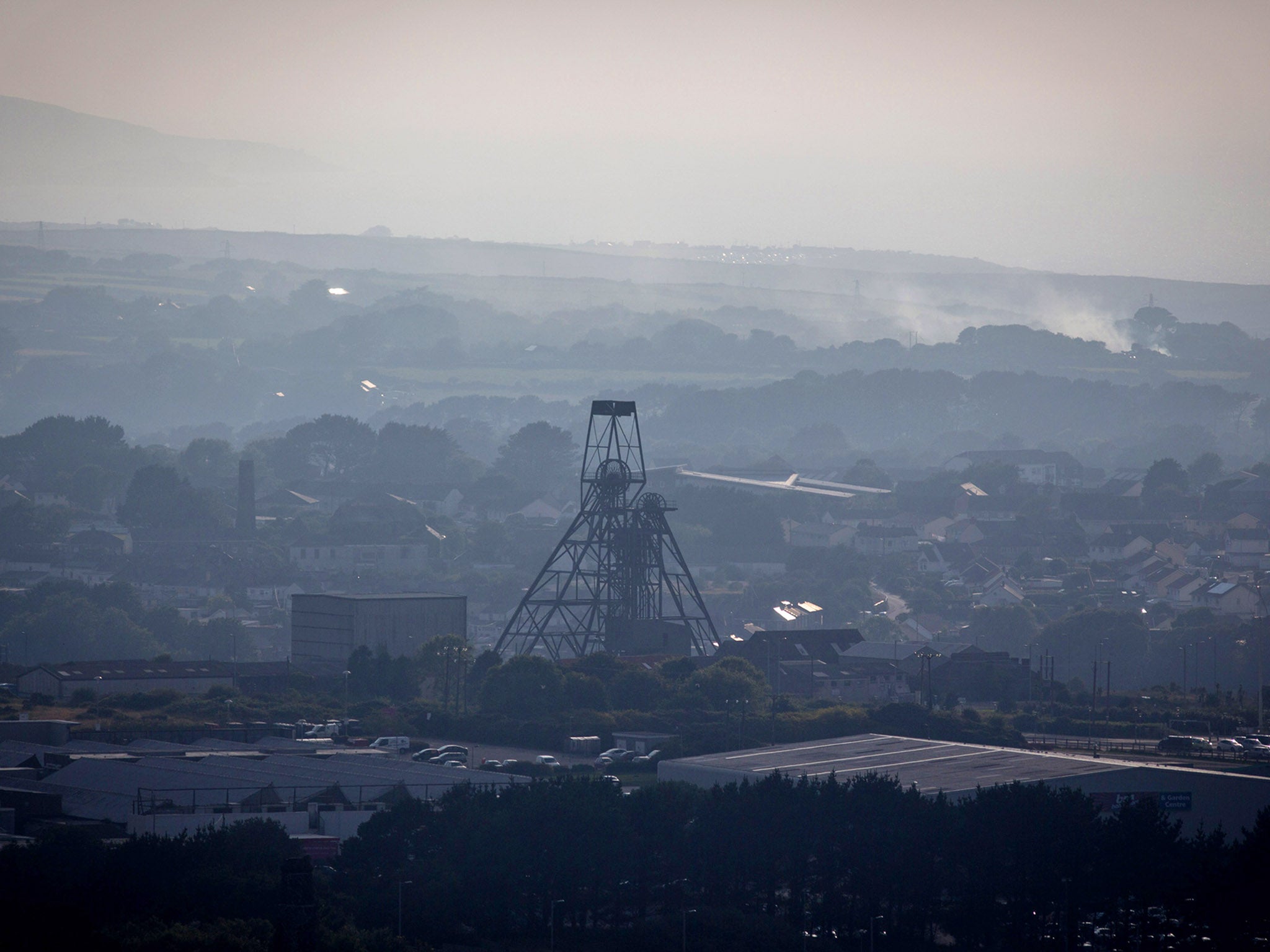
“It was a very enjoyable period of my life,” he says. “I feel privileged to have worked as a Cornish tin miner.”
It was a job that was in the blood; his grandfather was a tin miner, as was his great-grandfather, who also mined in South Africa. And even by the late 1960s, tin mining was a very hands-on job: hard, manual work.
“It was nothing like coal mining, which was done with machinery. We were working with solid granite, and we’d have to drill nine holes, five of which we’d fill with explosives,” says Peter. “They had to be drilled strategically and exploded in a certain sequence.”
The explosives were dynamite, and it was also Peter’s job to handle the detonators. He saw his fair share of accidents.
“There was one man and his son who were drilling. They’d gone into a socket they’d thought was empty but had a stick of unexploded dynamite in it. They were both blinded.”
Tin mining was very much a generational industry: sons following fathers into the mines. The miners would work stripped to the waste and come to the surface after their shifts covered in red dust from the lodes of tin, copper and zinc they exploded out of the bare rock.
Though dirty and dangerous, it was lucrative, thanks to the bonuses on top of the basic salary.
“Some weeks I would bring home £180 thanks to the bonuses,” says Peter. “The average wage in Cornwall at that time was £12 a week.”
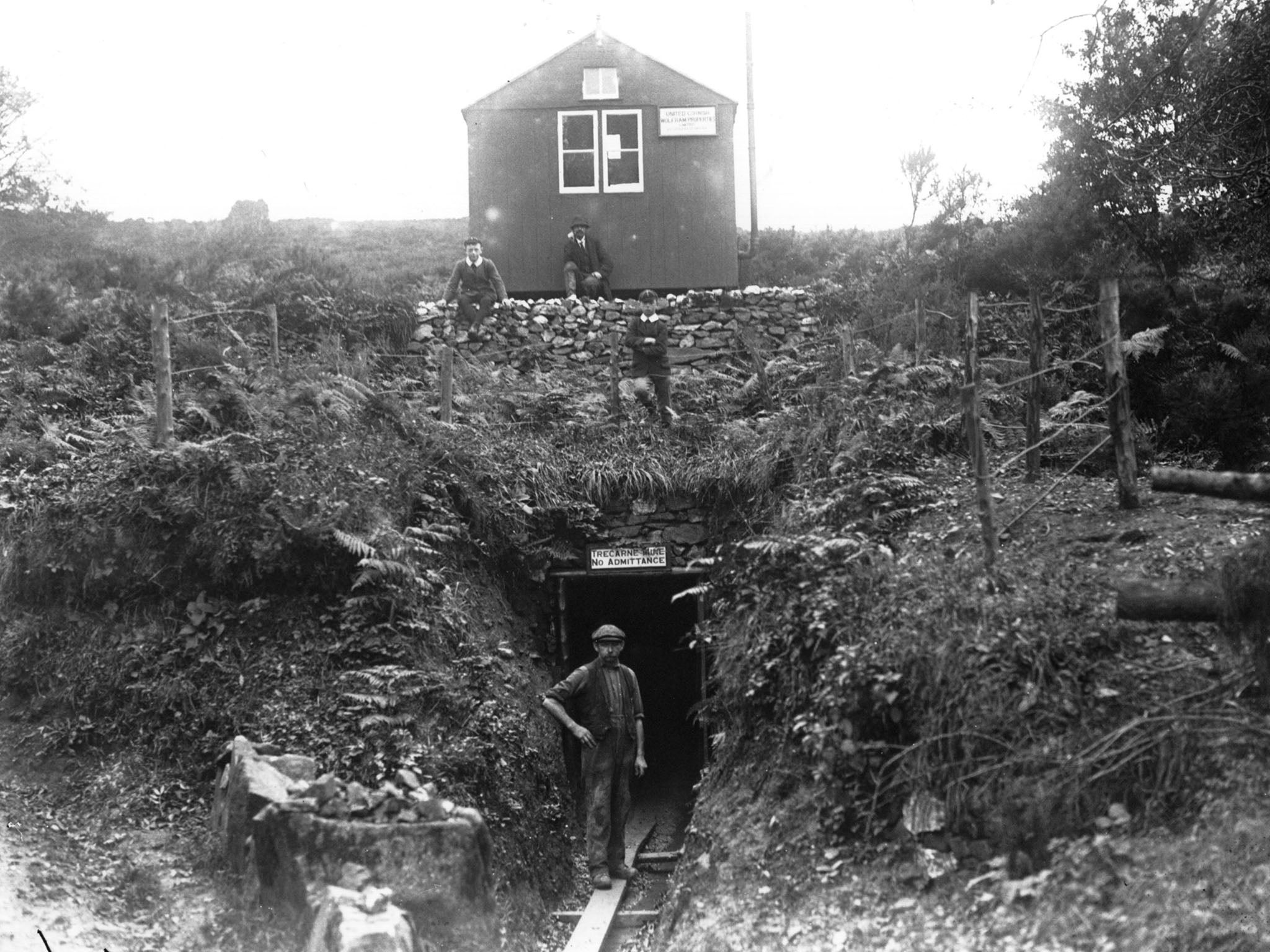
At the time Peter was working South Crofty, the mine had between 300-400 regular miners. But the death knell had already been sounded. According to reports at the time of the closure in 1998, South Crofty had lost £33m over the preceding ten years.
The mine had been working for 300 years, and was the oldest surviving tin mine in Europe at the time.
A last-ditch attempt to save it with a rescue package was made, but it failed when the government refused to contribute the requested £4.7m towards the £12m needed to keep it going.
When the lift was winched up for the final time, 200 men were thrown out of work, and the cost to the local economy was estimated at some £2.5m.
“It wasn’t just those men and their spending power that had gone; it was all the suppliers, the engineering companies, a lot of subsidiary firms that relied on the mine,” says Peter Williams.
Today, we mainly remember tin mining as something from the distant past: as set dressing for Poldark, an opportunity for Aidan Turner to strip down to his finely-tuned abs and muck in with the sweat-soaked peasants working the rock in the 18th Century.
But two decades after the last Cornish mine closed, there are moves afoot to bring tin mining back to the county; indeed, a plan is on the table to re-open South Crofty, symbol of this lost industry, itself.
A Canadian company, Strongbow Exploration, entered into an agreement to acquire a 100 per cent stake in South Crofty from Western United Mines and Cornish Minerals, the companies which owned the site, along with mineral rights over a further 7,500 hectares of land across Cornwall.
Already in place is planning permission to construct a new process plant and a licence from the Environment Agency to clear the mine of flooded water; permissions to mine from the South Crofty site do not expire until 2071.
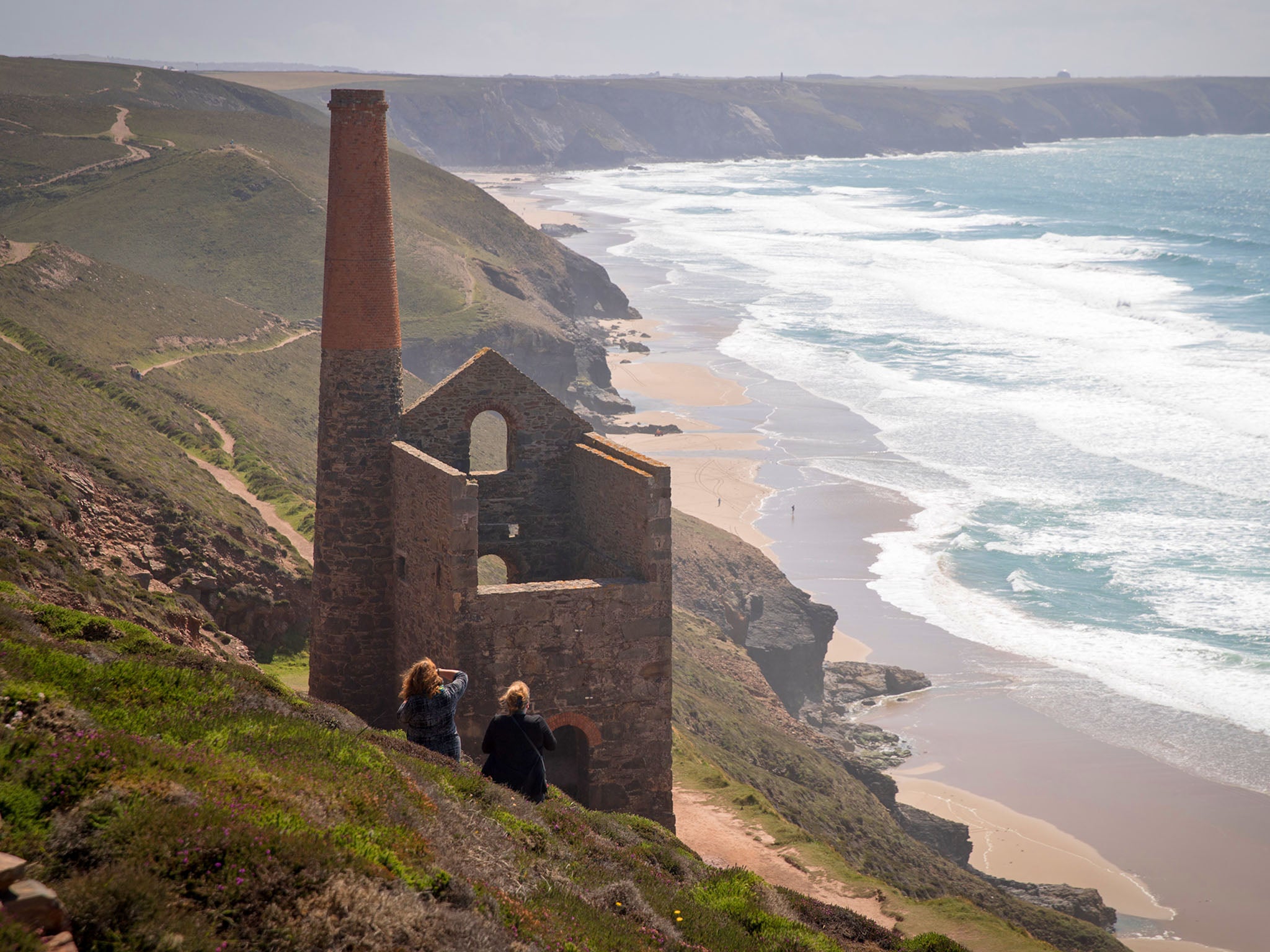
Strongbow acquired the site in March 2016, and at the time Richard Williams, president and CEO of the company, said: “Cornwall is a world-class tin district with a rich mining history spanning over 400 years, and South Crofty is one of the best known past producing mines in the district.
“We believe that South Crofty represents one of the best tin opportunities currently available globally.”
He also pointed to recent start-ups of mineral mining in Devon, Northern Ireland and North Yorkshire as “extremely positive for the potential future redevelopment of South Crofty”.
A public meeting was held at Cornwall College in January, where Strongbow outlined their plans to enthusiasm from local people. Richard Williams was present and told the gathering that the mine opening again would create an estimated 275 jobs, as well as boosting the local economy through shops, hotels and cafes around the mine site.
Mr Williams told local newspaper The Cornishman that water removal from the mine would be completed by 2020 and “the next step is to access project financing”.
He added: “We wouldn’t be doing this if we didn’t think South Crofty could open again. It was the jewel in the crown of an area with a rich mining history, and we believe that there’s a really good chance we can get it open again.
“We are extremely optimistic and feel that if everything goes well the mine could be open by 2021, and by open we mean with tin coming out of the ground.
“We’ve met with everyone from parish councils to town councils and members of the public, and there has been a huge amount of goodwill.”
If the South Crofty mine does re-open, and if it does revitalise the tin industry, it will be most welcome in Cornwall. Although a highly desirable destination for holidaymakers and second-homers, the county is one of the poorest in the UK.
Seasonal jobs in the tourist industry mean that there’s high unemployment, and young people especially feel they have to leave the county to seek work or find affordable housing.
The closure of the tin mines in Cornwall was never about running out of resources – it was in response to competition from cheaper tin from abroad. South America and China are still major players in tin extraction and production.
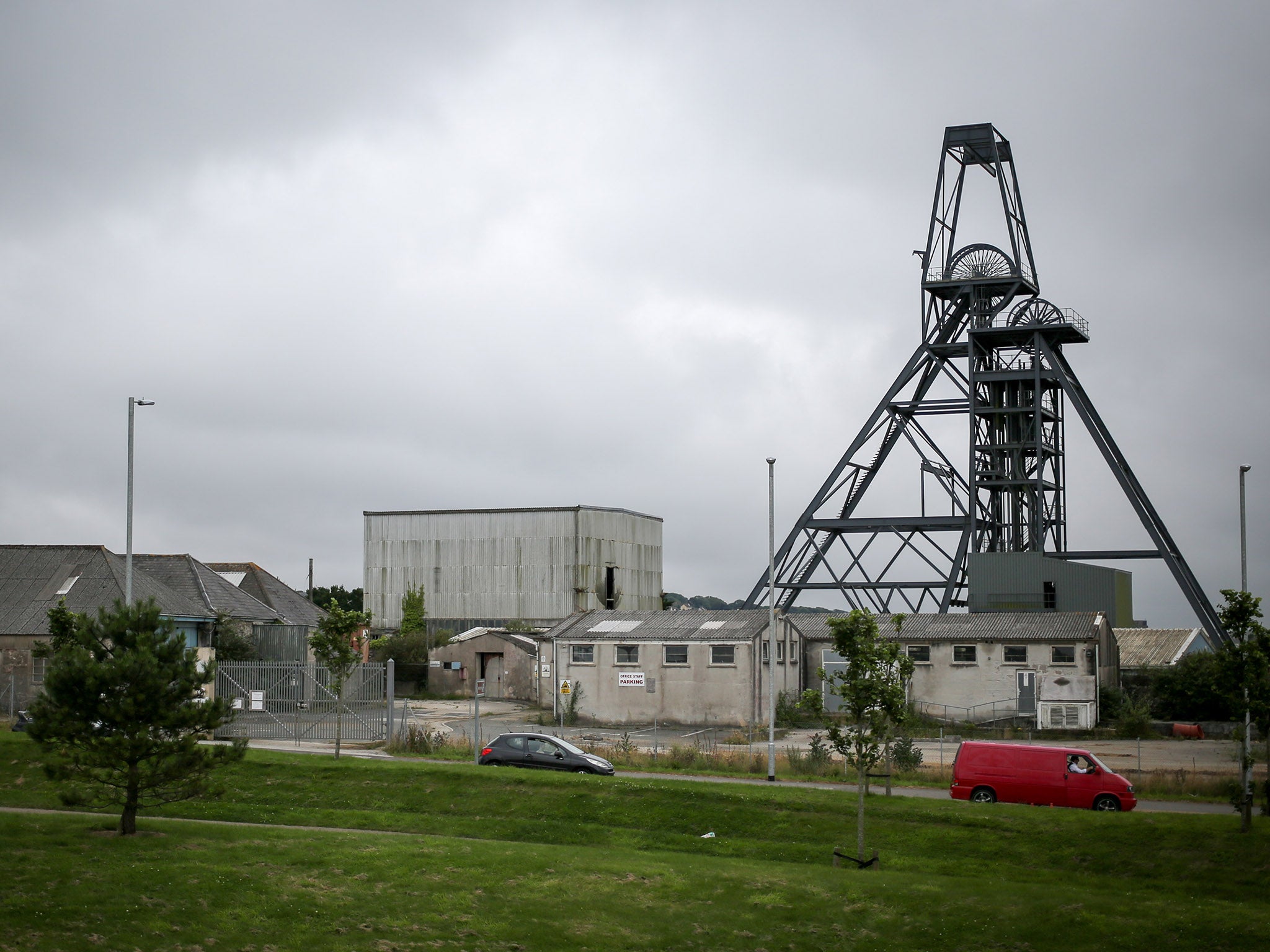
However, Strongbow Exploration’s efforts at South Crofty have already had a knock-on effect, with renewed interest in tin mining rights. The Crown Estate is a commercial organisation which funnels money into the Government, and is responsible for managing and disposing of land and resources in and around the UK.
On 26 February this year, the quango announced that it would “consider offering rights to extract tin and other minerals lying on or under the seabed off the coast of Cornwall”.
“We are opening the potential offer in response to market interest in deposits of tin and other minerals in Cornwall.”
The rights would initially be to identify marine reserves of tin, and interested companies would have to put together a workable plan on how they would extract them – including, crucially, any environmental impact.
When South Crofty closed in 1998, one miner finishing his final shift told the BBC: “We are glad it is all over one way or the other. It was like a mortuary down there.”
Peter Williams recalls, “There were a lot of people sad when South Crofty closed; it knocked the local communities for six.”
But with plans progressing for the return of deep mining at South Crofty, and the Crown Estate opening up the potential for a maritime tin rush, perhaps the industry that once ruled the world from Cornwall and most had thought died two decades ago could indeed be set for a resurgence.
Join our commenting forum
Join thought-provoking conversations, follow other Independent readers and see their replies
Comments